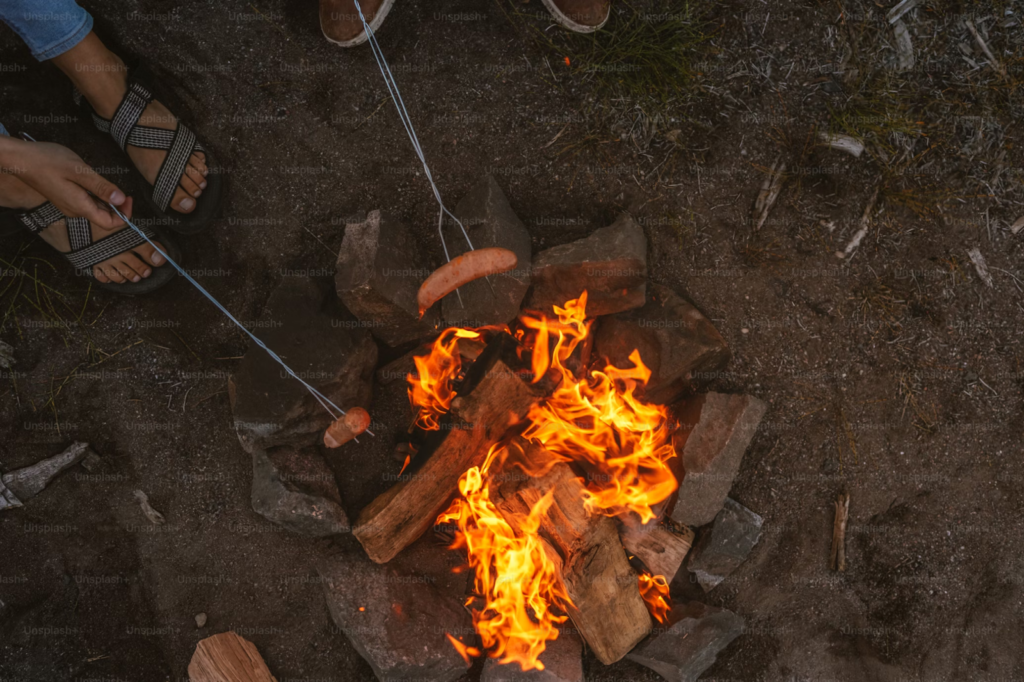Experiencing other cultures, landscapes, and cuisines when traveling is a thrilling adventure. Nevertheless, there are certain risks involved, and burn injuries are one of them. There are many potential sources of severe burns while cooking outdoors, such as stove accidents, bonfire flare-ups, or boiling water spills. Unsurprisingly, sunburn is one of the most common types of burns. To give you a sense of clarity and comprehensiveness, this article will cover tips that can help you prevent and treat burn injuries when traveling.
Knowing the types of burns
Before getting into the topic of treatment and prevention, it is essential to have a solid understanding of the many kinds of burns that might occur:
Burns of the first degree affect only the skin’s surface layer and are characterized by redness and pain.
Second-degree burns extend into the layers of the skin that lie under the surface, causing blistering and a more intense level of pain.
Third-degree burns penetrate all layers of the skin and have the potential to cause damage to the tissues under the surface, which may lead to numbness as a result of a nerve injury.
If you know the severity of the burns, you will be better equipped to provide the right first aid procedures and seek the required medical attention.
First aid for burns
Even when measures are taken, accidents are still potential outcomes. It is critical to have the knowledge necessary to perform first aid for burns. You should treat the burn with cool, not cold, running water for 10 to 20 minutes. Avoid using ice as it could cause further harm. Take precautions to protect the burn by covering it with a clean cloth or a bandage that is sterile and does not adhere. Creams and ointments should be avoided since they can potentially induce infections. Pain relievers that are available without a prescription, such as acetaminophen or ibuprofen, might be helpful in managing pain. Be sure to carefully follow the dose directions. If the burn is of the second or third degree, or if the region affected by the burn is significant, you should seek expert medical assistance as soon as possible.
Seeking legal assistance
Not only is it vital to get prompt medical assistance in the unfortunate event that you suffer a serious burn while traveling, but it is also essential to seek legal guidance if the damage happens as a result of the negligence of another individual. Those who find themselves in a situation like this may discover that seeking the aid of an experienced burn injury attorney in St. Louis may be of great benefit.
These legal specialists have experience managing burn damage cases and can guide you through the complexities of personal injury claims.
They will ensure that you obtain the compensation you are entitled to for your medical expenditures, pain, and suffering, and any long-term effects on your quality of life.
Preventing sunburns
One of the most common burn injuries that tourists suffer is sunburn, especially when traveling to sunny areas. To avoid getting a sunburn, make sure to use a sunscreen that offers broad-spectrum protection and has a sun protection factor of at least 30. After swimming or exercising, as well as every two hours, reapply the sunscreen. If you spend your vacation days outdoors, especially camping in tents, you may want to give yourself extra protection by wearing long-sleeved shirts, caps with broad brims, and sunglasses. Try to find some shade and stay out of the sun during the peak hours of 10 am to 4 pm. At times when the sun is at its most intense, you should either remain beneath shelters or use umbrellas. The consequences of sunburn may worsen with dehydration; therefore, it is important to stay hydrated. If you want to keep your skin and body moisturized, you need to drink a lot of water.
Avoid burns from food and drinks
It is very common for people to get burns from hot drinks and food, especially in locations where the culinary practices are new. To avoid injuries of this kind, ensure that street vendors serve food at a safe temperature. Try not to directly touch excessively hot meals. It is important to make sure that hot drinks, such as tea or coffee, are at the appropriate temperature before you take a taste of them. When exposed to high temperatures, plastic utensils have the potential to melt or shatter; therefore, it is best to avoid using them. It is safer to use utensils made of metal or those that are resistant to heat.
Handling of flammable materials
Handling flammable materials with extreme caution is necessary while camping or participating in activities that include fire. Store flammable liquids like gasoline in well-sealed containers and keep them away from heat sources. To ensure the safety of campfires, it is important to construct them in specified locations that are free of dry leaves and branches. Never leave a fire unattended, and make sure to completely extinguish it before leaving the location. If fireworks are legal and part of your trip experience, you should obey local restrictions and carefully handle them.
Knowing when to seek medical help
Becoming aware of the signs that indicate a burn that needs the assistance of a trained medical expert may help minimize problems and improve healing. Any burn bigger than the palm of your hand or on the face, hands, feet, or genitals should be treated by a medical expert using the appropriate medical equipment. It is important to keep an eye out for any signs of an infection, such as increasing pain, redness, swelling, or pus. Seek medical help if you experience pain, redness, or other symptoms that persist for over a few days.
Burns are unpleasant and dangerous, but they are also avoidable and treatable if you know what you’re doing. It is essential to know the different kinds of burns, what to do after burning accidents, how to escape possible scenarios, and when to seek professional help in order to stay safe while traveling. If you follow these instructions, you may go on your travels without worrying about dealing with or preventing burn injuries.
The article How to avoid and handle burn injuries on your travels first appeared in TravelDailyNews International.


+ There are no comments
Add yours